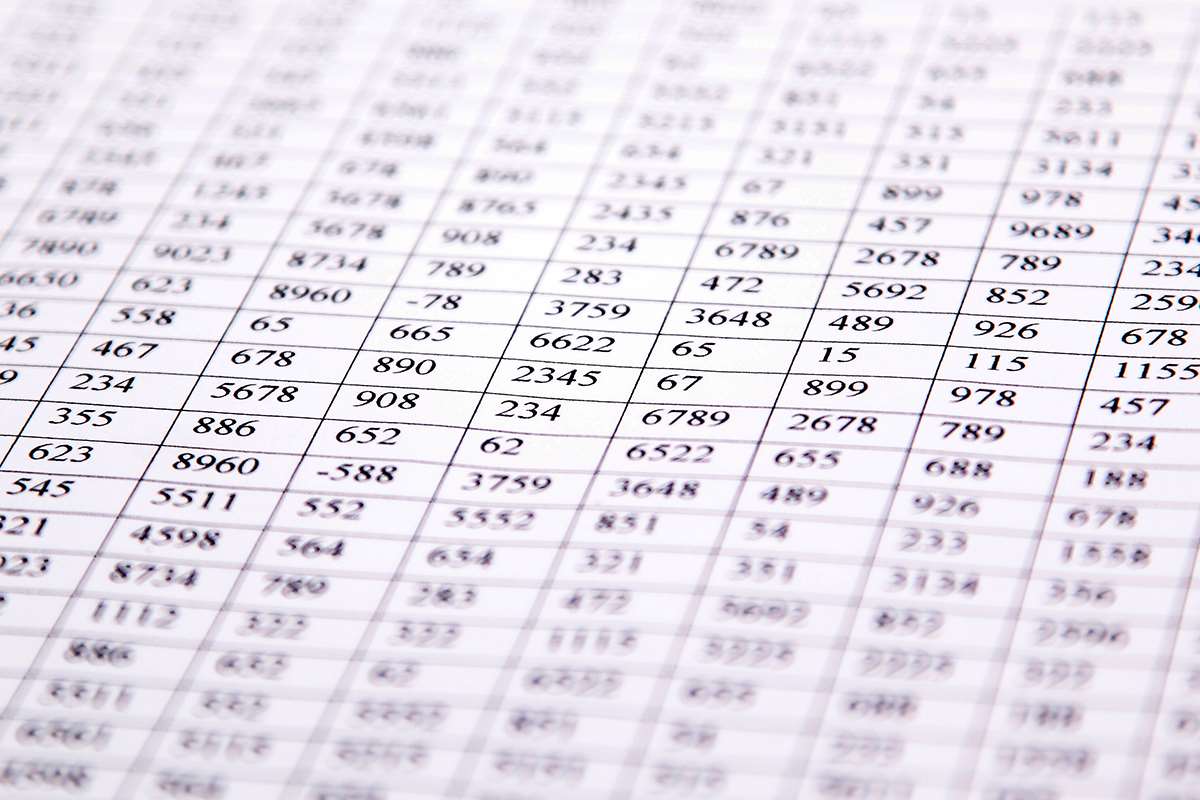
The payee’s bank will request money from your bank, and the transaction concludes when your bank sends funds to the payee’s bank. Alternatively, if you both use the same bank or credit union, the transaction will conclude when the money is transferred from your account into the payee’s account. The main difference between outstanding checks and outstanding deposits is that a check takes money from your bank account while a deposit puts money into your bank account. That said, both outstanding checks and outstanding deposits refer to transactions that have not yet been posted to your account. Learn about outstanding checks in accounting and how they impact your finances.

To prevent problems, you should cash or deposit a check promptly after receiving it. After all, you still owe the money, and you’ll have to pay it sooner or later. Your first step should be to use an accounting system that deducts any uncashed checks from your available funds. After that, there are a few more steps you can take to track down an old check. If you don’t account for outstanding checks properly, then you risk spending the money for the check on something else.
Best practices for managing outstanding checks
Because of this, keeping correct financial records can be difficult, and it may lead to problems during audits or when reconciling finances. Cash deposits and transfers from another Wells Fargo account are immediately available for your use. An outstanding check is a check that a check writer has issued and recorded in their accounting system, but which has not yet been deposited or cashed by the recipient or cleared by the bank. Once the deposits in the business records is matching with those in the bank statement, there is a uniform account details. To remedy these situations quickly, be proactive with outstanding checks.
- This can help prevent any unnecessary NSFs if the payee decides to cash the check at a later date.
- Different checks are designed for different purposes and for different risk levels.
- You can also call or write to remind the payee that the check is outstanding.
- Lastly, you can contact the recipient of the check and ask them to confirm whether they have deposited or cashed the check.
- The receiving bank often stamps the back with a deposit stamp at the time it is deposited or cashed, after which it goes for clearing.
The statement lists the cash and other deposits made into the checking account of the business. Moving towards electronic payments is an ideal solution for avoiding outstanding checks. It is a secure, reliable and cost-effective way to transfer funds between institutions. Implementing Electronic Payments will help streamline your financial transactions, decrease processing times, and ensure timely payments.
Payroll Check
Balancing your checkbook is akin to what professional accountants do during reconciliation. It’s a way of making sure that you and your bank agree about your account balance and available funds. It can be tricky to balance a checkbook and we have a worksheet with step-by-step instructions to help outstanding check definition you. You can also call or write to remind the payee that the check is outstanding. If they haven’t received the payment, this may nudge them to notify you to reissue the check. An outstanding check is a check payment that is written by someone but has not been cashed or deposited by the payee.

Using your outstanding deposits to balance the accounts, you can measure profitability and project cash flow. Remember, identifying outstanding checks requires regular monitoring and consistent record-keeping. It is crucial to maintain accurate and up-to-date financial records to ensure that outstanding checks are promptly identified and resolved. By implementing these practices, businesses can effectively manage outstanding checks and maintain accurate cash flow records.
outstanding checks definition
By diligently monitoring and reconciling outstanding checks, companies can make informed financial decisions and ensure their financial stability and success. When a company issues a check, it reduces the balance in its bank account by the amount of the check. However, until the payee presents the check to the bank and the bank debits the company’s account for the corresponding payment, the check is considered outstanding. It is important for companies to keep track of outstanding checks in order to maintain accurate financial records and ensure that the cash balance reflects the true amount of funds available.